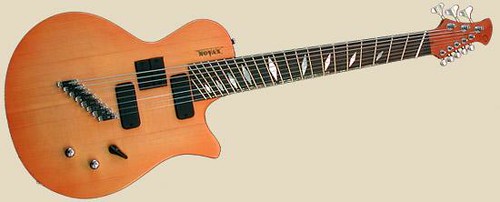First, what's the most cost effective way to cut the slots in your nut and saddle (bone, in this case). I don't have any files that thin, but I do have a hacksaw blade!
Also, I was watching Dave G's video on making the saddle, and it appears Dave compensates all of his high G strings by having that part of the saddle lean back from the middle of the uke, towards the end of the body, effectively moving the point of contact back a millimeter or so. I've owned five ukes now, and only one had anything like this, the kiwaya, and that simply thinned out the area where the C string met, effectively moving back it's point of contact about a millimeter. I did some searching of UU before posting this, so I see some advice that it won't matter on a soprano, but I'm considering it for my cigar box concert uke I'm building. Is it something I should concern myself with at this point, or just not worry about it? And then, why does kiwaya compensate for the C string and Dave the G string? Any of the other luthiers here doing either one?
Also, I was watching Dave G's video on making the saddle, and it appears Dave compensates all of his high G strings by having that part of the saddle lean back from the middle of the uke, towards the end of the body, effectively moving the point of contact back a millimeter or so. I've owned five ukes now, and only one had anything like this, the kiwaya, and that simply thinned out the area where the C string met, effectively moving back it's point of contact about a millimeter. I did some searching of UU before posting this, so I see some advice that it won't matter on a soprano, but I'm considering it for my cigar box concert uke I'm building. Is it something I should concern myself with at this point, or just not worry about it? And then, why does kiwaya compensate for the C string and Dave the G string? Any of the other luthiers here doing either one?


